Mojave Sphinx
Open Source Liquid Bipropellant Rocket
Mojave Sphinx is a high-power amateur rocket with a liquid bipropellant propulsion system powered by nitrous oxide and any number of solvent or hydrocarbon fuels. It is designed to be as simple and economical as possible so that an individual or team with high-power or experimental rocketry experience can build and launch it within a reasonable timeline and budget.








































